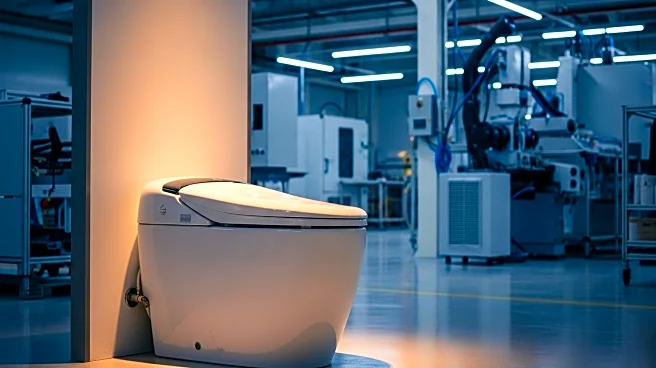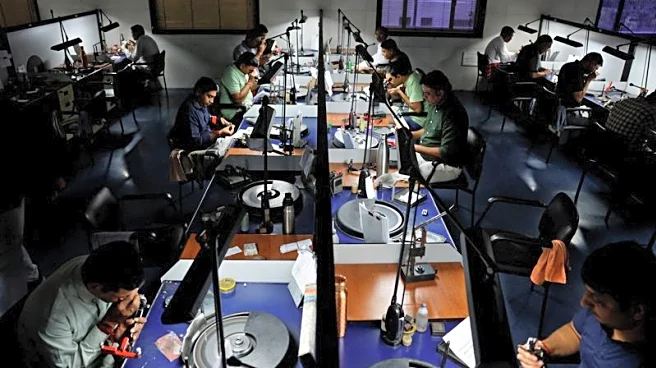What is the story about?
What's Happening?
Salmon sperm facials, utilizing polydeoxyribonucleotide (PDRN), are gaining popularity in the U.S. as a skin care treatment. PDRN, derived from salmon DNA, is known for repairing skin barriers, reducing inflammation, and improving elasticity. Dermatologists explain that PDRN has been used in Asia for over a decade for skin rejuvenation and wound healing. While there is scientific evidence supporting its efficacy in medical applications, such as burns and ulcers, its use in beauty facials is less substantiated. PDRN can be applied through microinjections, microneedling, and topical products, with varying degrees of effectiveness. Dermatologists caution that while topical products are generally safe, in-office procedures should be performed by professionals due to potential risks.
Why It's Important?
The rise of PDRN in skin care reflects a growing interest in innovative treatments that promise skin rejuvenation. While PDRN shows potential for wound healing and collagen production, its beauty applications are still under scrutiny. The treatment's popularity highlights the demand for non-invasive skin care solutions, but also underscores the need for rigorous testing and FDA approval. Consumers should be aware of the risks associated with non-FDA-approved procedures, including infection and allergic reactions. The trend may influence the beauty industry to explore more scientifically-backed treatments, impacting product development and consumer choices.
Beyond the Headlines
The ethical considerations of using animal-derived products in skin care are worth noting, as PDRN is sourced from salmon DNA. This raises questions about sustainability and animal welfare in the beauty industry. Additionally, the trend reflects cultural exchanges in beauty practices, with Asian innovations influencing Western markets. As the industry evolves, there may be a shift towards plant-based alternatives, addressing concerns about animal-derived ingredients. The long-term impact of such treatments on skin health and the environment remains a topic for further exploration.
AI Generated Content
Do you find this article useful?
















